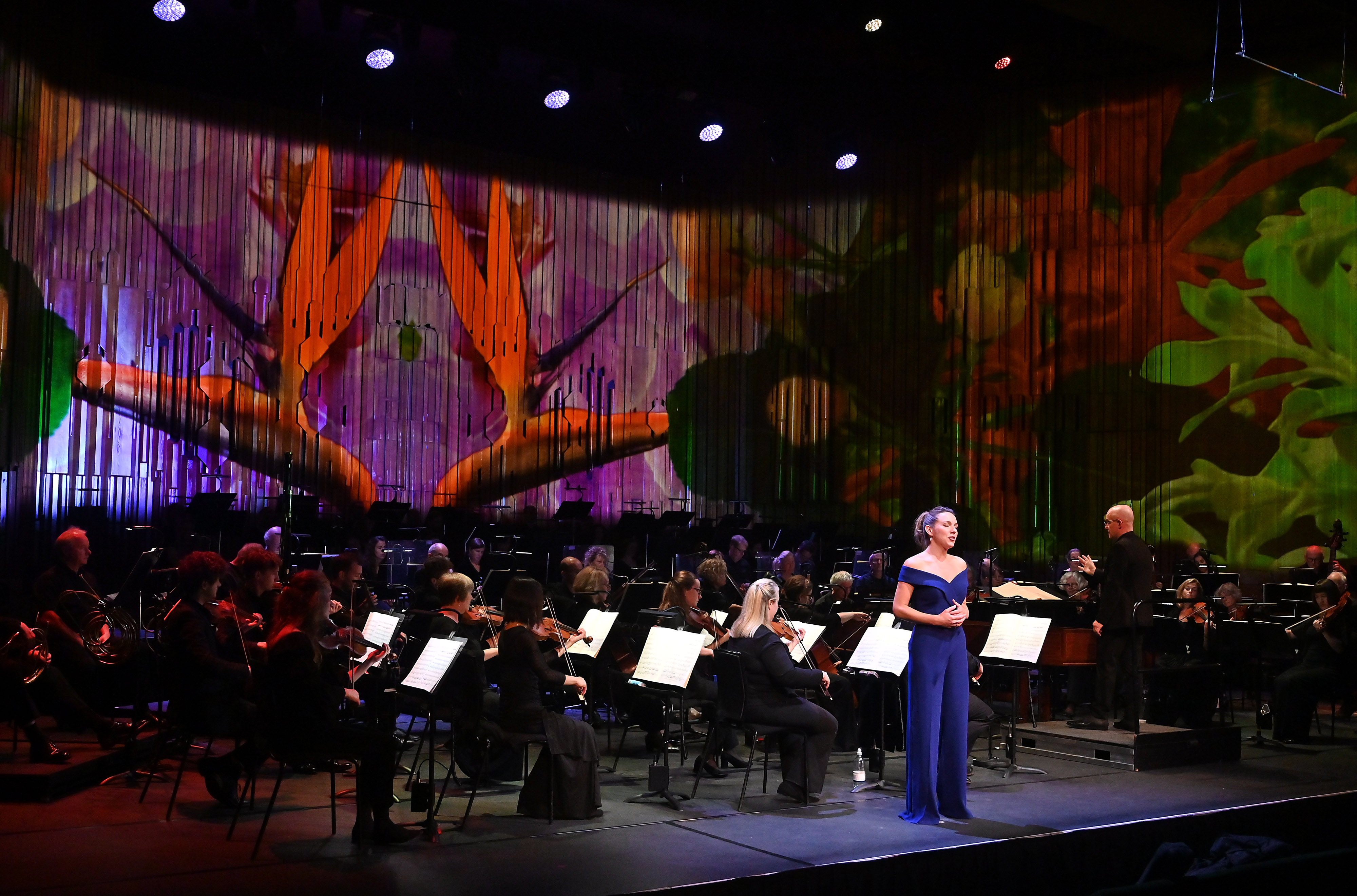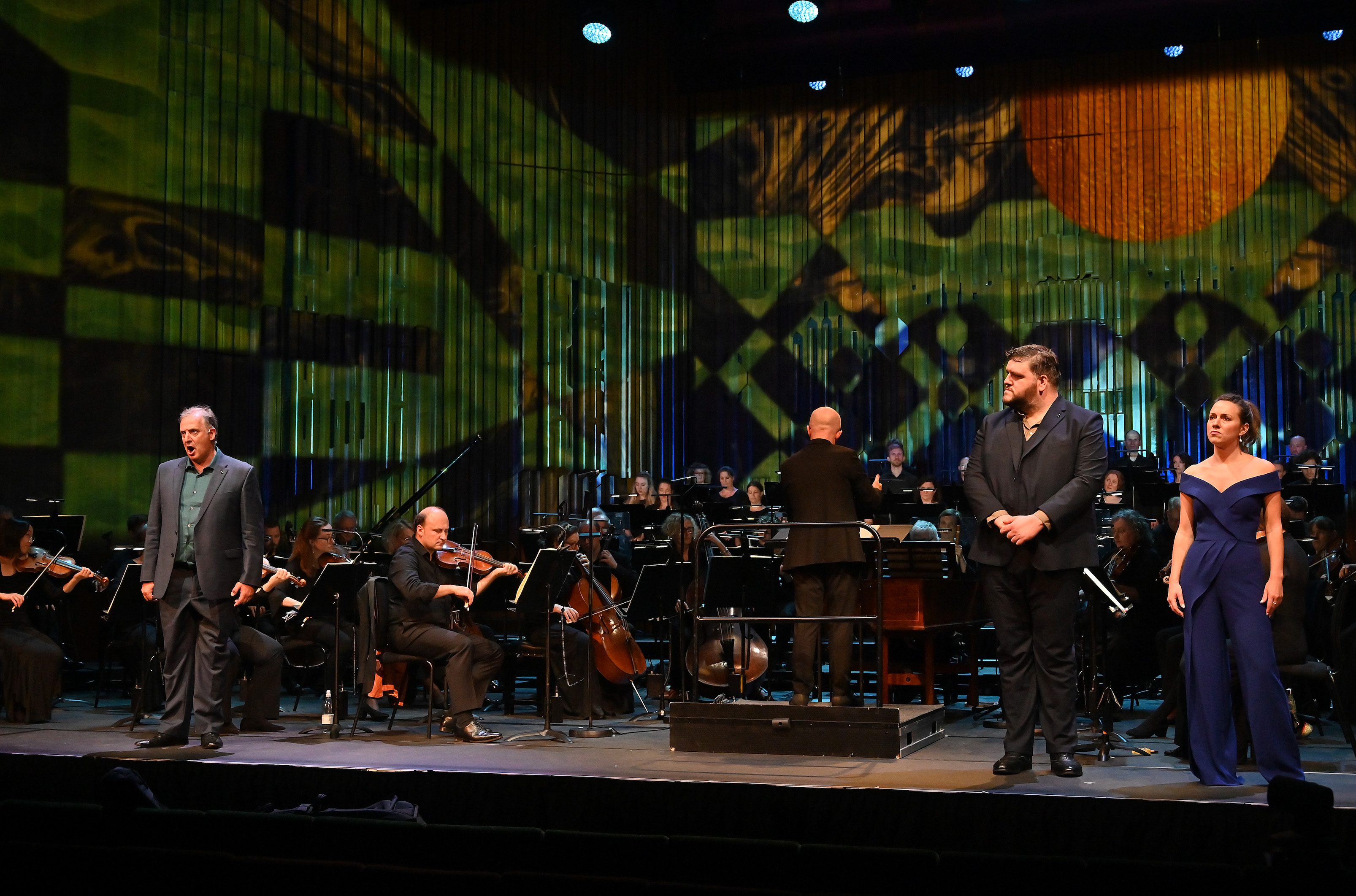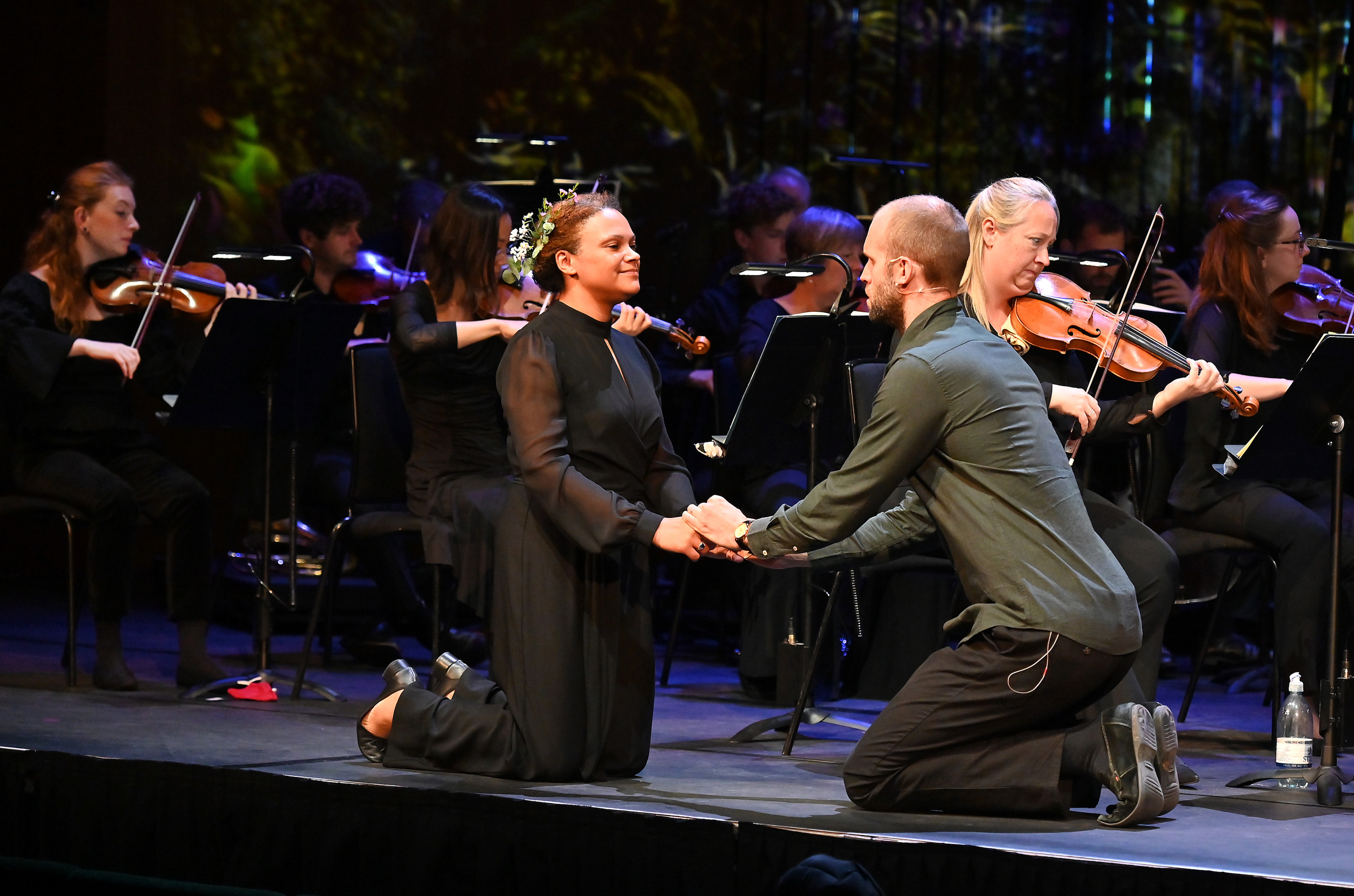Whatever the upsets and uncertainties of this musical season, the return of choral works at full scale and full power has been an unalloyed joy. And sheer, exhilarated, heaven-storming joy branded the Academy of Ancient Music’s reading of Haydn’s The Creation in the Barbican Hall on Tuesday night. The AAM’s incoming music director Laurence Cummings commanded his substantial orchestra, a 26-strong chorus, five soloists and even Alastair Ross’s striking, historically-informed continuo – an 1801 Broadwood fortepiano. They endowed Haydn’s Enlightenment-era vision of a sin-free universe with proper grandeur as well as all the tenderness, humour and warmth written into this glorious score.
This Creation came into being in English rather than German. The libretto, after all, was published bilingually in the first edition of 1800. Throughout the piece you can hear Haydn striving – and even managing – to best the musical coups he had admired in Handel’s English-language oratorios in London. On top of his first-class players and chorus, and the accomplished solo voices, Cummings had extra help on the way to paradise in the form of the video projections by Nina Dunn Studio. They surrounded the stage in an ever-changing swirl of digital effects. All that virtuoso hi-tech wallpaper – video-designed by Matt Brown – introduced a risk of sensory overload in a work already full of mimetic and descriptive writing that gives a musical colouring to every kind of entity from worms to flowers to stars. 
As for the three angelic soloists in the first two parts, they avoided oratorio stiffness by a measure of mobility. They flung their recitatives from the back of the stage but moved forward to the front for their arias. Stuart Jackson’s Uriel made a genial, urbane but formidable tenor linchpin, mighty but never rough in the flowing lines of his narration. This voice is an absolute rock, but a friendly rather than jagged one. When the sun first rose in its aural and (in this production) visual glory, he more than held his own. Matthew Brook’s Raphael captured the curious mix of lyricism, wonder and drollery in Haydn’s settings of the Genesis stories. His soaring, rhapsodic passages of awe yield to stretches of almost-comic patter as the sheer oddity of God’s handiwork – slitherers, waddlers, creepy-crawlies and all – finds musical shape. It’s not often you hear audience belly-laughs in a canonical masterpiece like this, but Brook got them when he showed how “in long dimension creeps with sinuous trace the worm”. 
Cummings broke for the interval there, and so left the scenes of Adam and Eve in the garden of Eden to follow as a shorter, self-contained coda. Rather than have the angelic soprano and bass soloists return, as usual, the AAM had the luxury of fresh voices as the blessed pair: Rachel Redmond and Ashley Riches, both mellow in their tone, precise in their diction and fully attuned to the gorgeous ebb and flow of their joint numbers. As Haydn’s music changes perspective from divine to human love, the universal to the intimate, the solitary eminence of the angels gives place to quasi-operatic drama. So these ancestors of humanity touched, embraced, kneeled and even lay down on their paradisal floor. 













Add comment